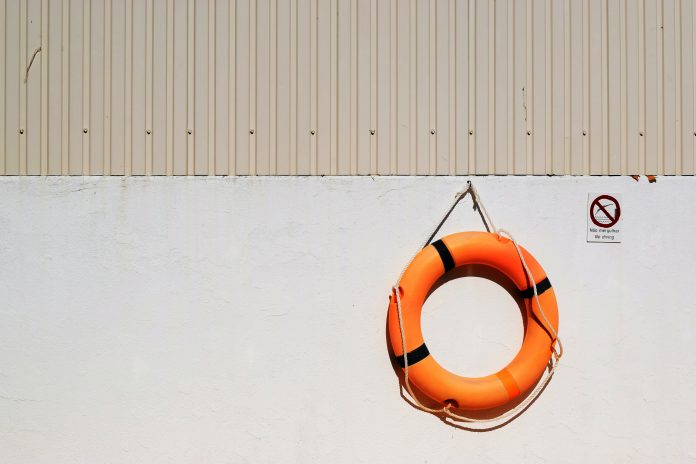Psychedelic substances, like psilocybin mushrooms, LSD, and ayahuasca, have been used for thousands of years in ritualistic, spiritual, and therapeutic contexts. As modern interest in their potential therapeutic benefits grows, it is crucial to remember that these substances should not be taken lightly. Ensuring safety and implementing harm reduction strategies are paramount when considering psychedelic use.
Education and awareness
To guarantee safety with psychedelics, it starts with education and awareness.
Individuals must understand the pharmacology, potential effects, and risks of these substances.
Resources, like Erowid, MAPS, and other psychedelic research organizations, offer comprehensive information that can aid users in making informed decisions.
Set and setting
“Set” refers to the user’s mindset going into the experience, including their emotional and mental state.
“Setting” pertains to the physical and social environment where the psychedelic experience occurs.
A calm, familiar, and comfortable environment can help ensure safety and positivity during the experience.
Preparation for psychedelic safety
Proper preparation is a cornerstone of safety and harm reduction with psychedelics.
Fasting or consuming only light meals before ingestion, staying hydrated, and getting a good night’s sleep beforehand can optimize the physical state for the psychedelic journey.
Mentally, individuals should prepare by setting intentions and adopting an open, accepting mindset.
Dosage and purity
Accurate dosage and substance purity are key for harm reduction.
Psychedelics should be sourced responsibly, ideally from trusted providers who can confirm the substance’s purity and potency.
Using testing kits can also help ensure the substance is what it purports to be and not laced with harmful adulterants.
Starting with a small dose and gradually increasing it in subsequent sessions is advisable.
Having a sitter
A sober and trustworthy person, known as a sitter or guide, should be present during the psychedelic experience.
Their role is to ensure the safety of the user, provide reassurance, and assist with any needs.
They should be knowledgeable about psychedelics, capable of managing potential emergencies, and have a comforting presence.
Physical and psychedelic safety
Users should avoid operating machinery or driving during and immediately after a psychedelic experience.
It’s also recommended to stay away from dangerous environments, such as high ledges or bodies of water.
Integration
Post-experience integration is as crucial as the experience itself for safety and harm reduction.
This involves reflecting on the insights gained during the psychedelic journey and implementing them into daily life.
Professional therapists with expertise in psychedelic integration can provide valuable assistance in this process.
Harm reduction principles for psychedelic safety
Several organizations offer guidelines for psychedelic use, such as Zendo Project’s four principles: create a safe space, sit, don’t guide, talk through, not down, and difficult is not the same as bad.
These principles encapsulate the key aspects of harm reduction in psychedelic use: provide support without directing the experience, help process emotions without minimizing them, and recognize that challenging experiences can be opportunities for growth.
In summary, while the potential benefits of psychedelics are significant, they come with risks.
The responsible use of these substances requires diligent attention to safety and harm reduction strategies.
This involves educating oneself, preparing adequately, ensuring substance purity, having a sitter, taking care of physical safety, integrating the experience, and abiding by harm reduction principles.
When done right, these practices can maximize the benefits and minimize the risks of psychedelic use.
Remember, these substances are powerful tools that should be respected and used responsibly.


